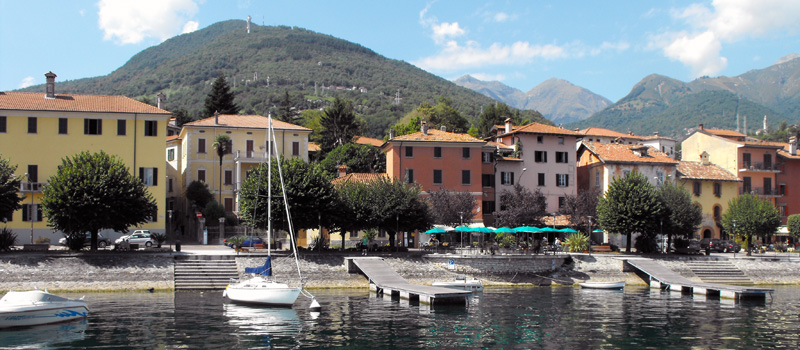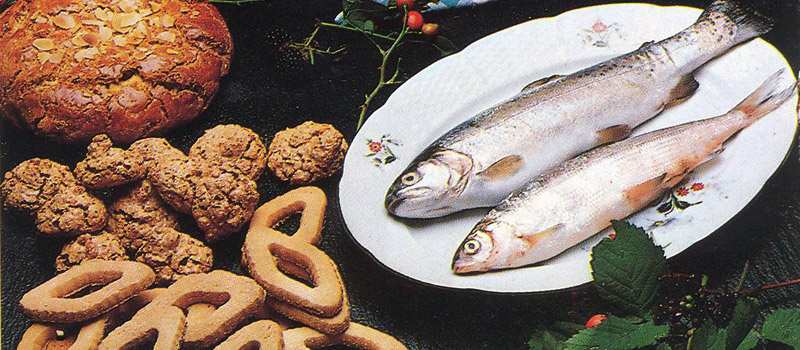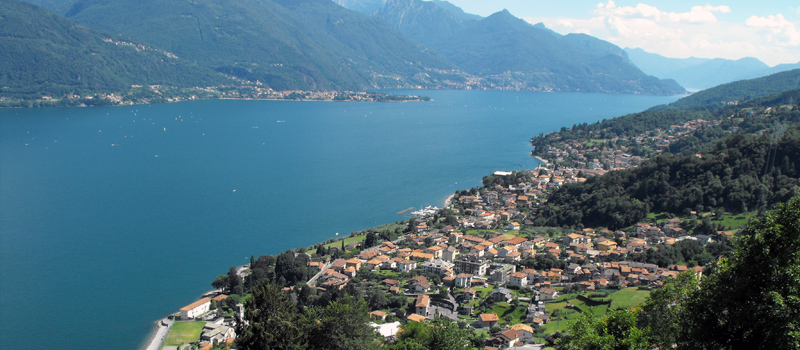
The Dongo Partigiani Museum is inside the Municipio ("town hall" - Palazzo Manzi), near the IMAGO Tourist Information Office. The museum unwinds along four halls, and inside we find memories of one of the most significant historical periods of the 20th century: the Partigiani resistance against the Nazi-Fascist regime. In the Province of Como the first Partigiani (resistance fighters) were formed by anti-Fascists and Army soldiers, but even by men with different experiences from different walks of life: persecuted, scattered, reluctant of the draft, or in search of a new identity negated by the Fascist regime.
Dongo, thanks to the presence of the Falk Acciaierie (steel) factories, became one of the most important places for the strengthening of the Partigiani resistance. The first actions assumed a character of guerrilla warfare and limited themselves to garrison or individual attacks in order to recover arms and provisions which were very scant in that period. The arms on-hand and means of support were reduced to a minimum, even though they received help from the people hosting them.
The morning of April 27, 1945, the Fascist party official's convoy, escaping to Valtellina, was stopped by the Dongo Partigiani. The Mussolini Convoy was made up of thirty-some cars, Pavolini's armoured car and the convoy of German soldiers and transport in retreat. Count Pier Bellini delle Stelle (Pedro) and Umberto Lazzaro (Bill) commanded the Partigiani of the 52nd Garibaldi Brigade, and the convoy was stopped with a few shots, German Commander Birzer was worried solely about reaching Germany and did not fire one shot; only Pavolini attempted to respond, but his armoured car was out of fighting range.
Many Fascist officials were shot there that day. Mussolini was killed on April 28, 1945 in Giulino di Mezzegra. The museum of the Dongo resistance strives to be a gathering place, in memory of those young men who sacrificed their lives to grant liberty and peace to future generations.

Garavedona is an important commercial and a summer vacation centre. Among the buildings stands out that which once belonged to the Cardinal Tolomeo Gallio, called the palace of the four towers, designed by Pellegrini in 1500s.
Gravedona
Dried Shad (Agone), called Missoltini or Missultin, were at one time a precious food for inhabitants of Lake Como, the particular processing allowed them to be conserved for more than a year, excellent traditional Lake Como cuisine.
Lario Cuisine
Musso is a town rich with history: in the thirteenth century the area was the feud of Malacrida family, allies to the Duchy of Milan. In 1522, Gian Giacomo Medici, called the Medeghino, stormed the castle and enlarged the fortifications.
Musso